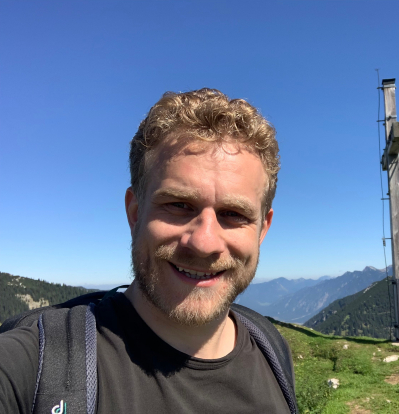Building fullstack applications (i.e. frontend + backend) with the MERN stack is very popular - in this course, you will learn it from scratch at the example of a complete project!
MERN stands for MongoDB, Express.js, React.js and Node.js - and combined, these four technologies allow you to build amazing web applications.
In this course, we'll build an entire project and you will learn how these different technologies work together step by step. We'll first have a look at all the individual building blocks, so that we then can also combine them all into one amazing application by the end of the course.
This course also doesn't stop after the basics - instead, you'll also learn how to add file upload, authentication, authorization and how to deploy your application in different ways to different hosting services.
This course is taught by two instructors - Max (React.js, Node/ Express) and Manuel (MongoDB) who have years of experience of working with these technologies and teaching them to other people. We took and combined our experiences to deliver you the best possible MERN stack course you can find out there.
In detail, this course offers:
- Brief refreshers on the core technologies (React, Node, Express, MongoDB)
- Project sections for each technology where the theoretic knowledge is applied
- Detailed theory about the MERN stack and the different ways of combining the technologies
- A complete course project where all the technologies come together into one application
- File (image) upload in both React.js (sending the file) and Node/ Express (receiving the file)
- User authentication (signup + login)
- User authorization (controlling access to certain resources)
- Detailed deployment instructions - including different ways of deploying the application
- Tons of quizzes and extra resources!
By the end of this course, you'll feel comfortable building your own MERN stack applications and you can build up on all the knowledge taught throughout this course to dive into your own projects and use-cases.
